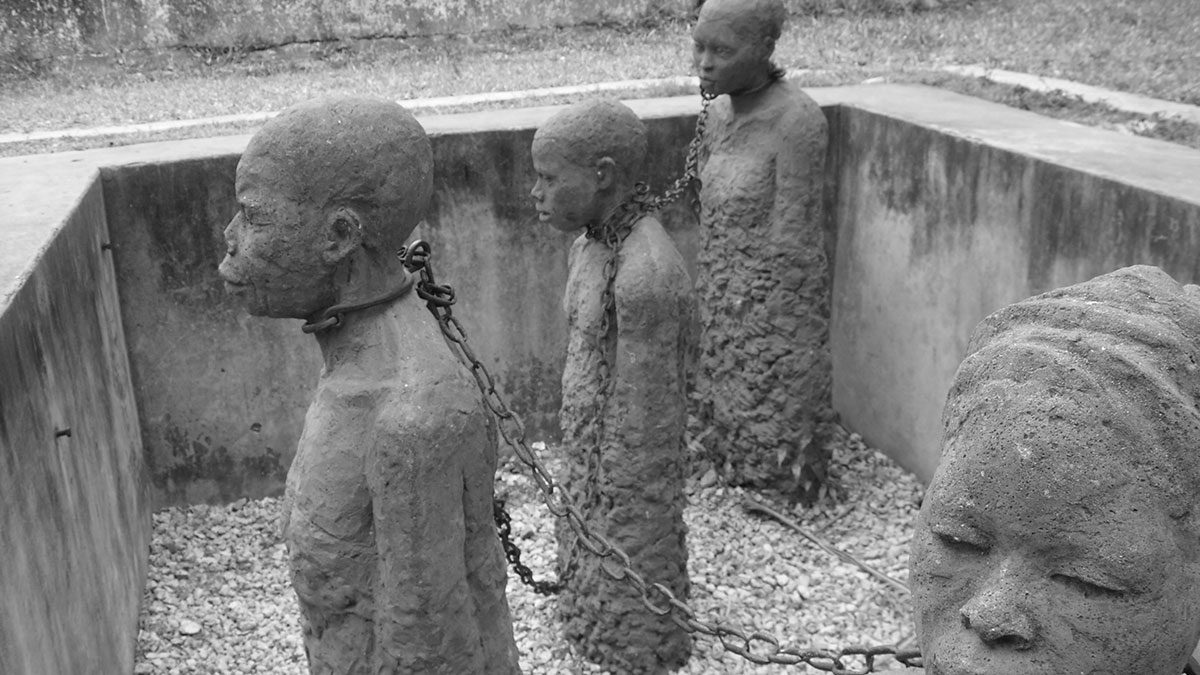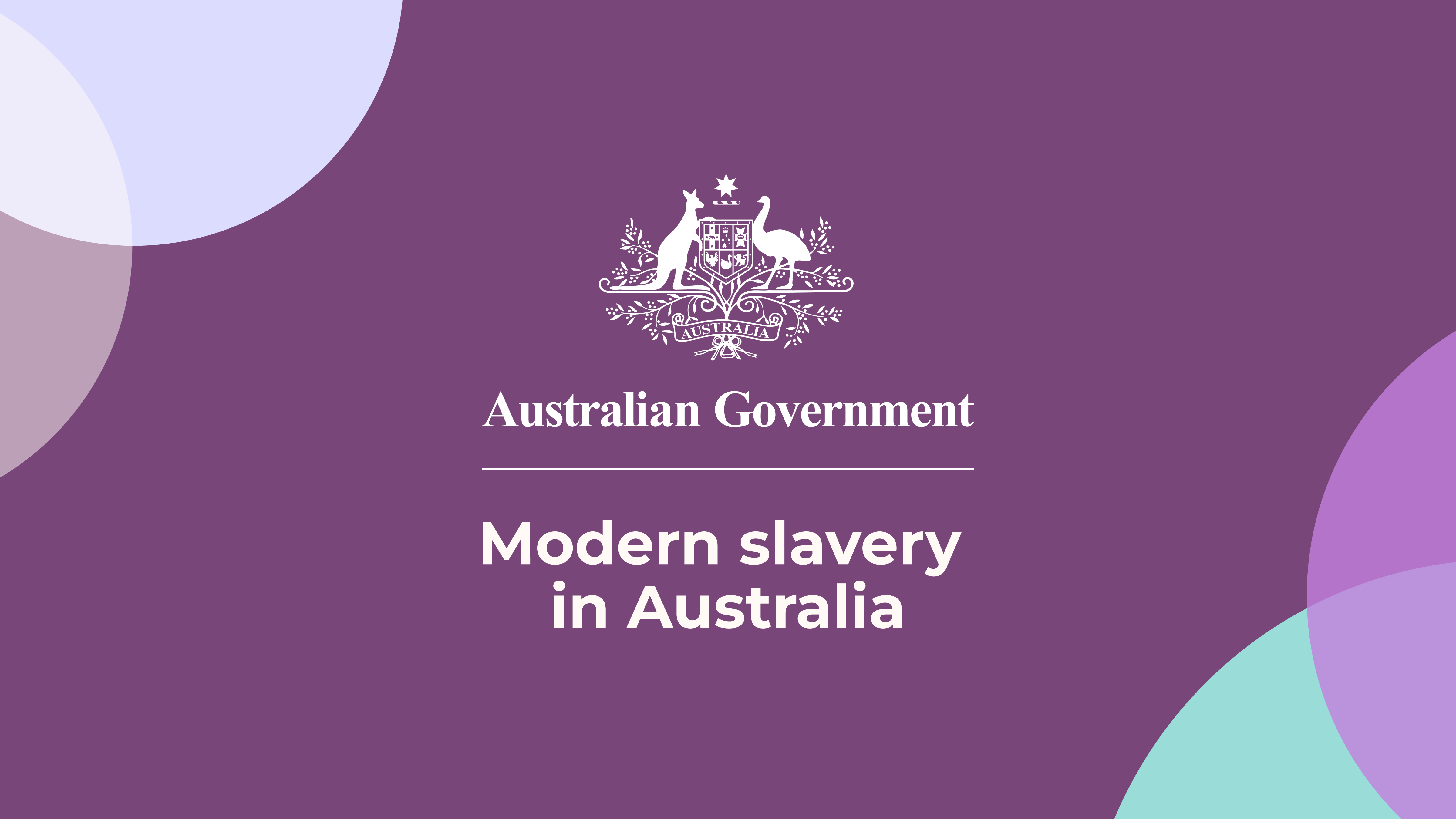When Was Slavery Abolished In The World? A Deep Dive Into The History That Shaped Our Present
Let me start with this—slavery has been one of the darkest stains on human history. When we talk about when slavery was abolished in the world, it’s not just about dates and laws. It’s about understanding the struggle, the sacrifices, and the resilience that brought humanity to where we are today. This isn’t just a history lesson; it’s a story of how far we’ve come and how far we still need to go. so buckle up because we’re diving deep into the timeline, the heroes, and the hard truths behind the abolition of slavery worldwide.
Now, you might think slavery is something of the distant past, but the truth is, its echoes still ripple through our societies. The abolition of slavery wasn’t a single event or a one-size-fits-all solution. Different countries abolished slavery at different times, and the process was messy, complicated, and often violent. So, when exactly was slavery abolished in the world? Let’s break it down step by step and uncover the layers of this monumental chapter in history.
One thing’s for sure—abolition didn’t happen overnight. It took decades of activism, legal battles, and societal shifts to bring slavery to an end. But even after laws were passed, the fight for equality and justice continued. This article will take you on a journey through the abolition of slavery across the globe, highlighting key moments, influential figures, and the lasting impact of this historical movement. Ready to dive in?
Read also:Kelly Mi Li Stir The Pot The Ultimate Spice Of Life
Understanding the Concept of Slavery
What Exactly Is Slavery?
Slavery, in its simplest form, is the practice of owning human beings as property. But it’s anything but simple. It’s a system rooted in exploitation, dehumanization, and oppression. Throughout history, slavery has taken many forms, from ancient civilizations to modern-day human trafficking. The concept of slavery has evolved over time, but its core—forcing people to work against their will—remains unchanged.
Before we can answer the question of when slavery was abolished in the world, we need to understand what slavery really means. It’s not just about physical chains; it’s about systemic inequalities that have persisted for centuries. And while slavery was officially abolished in many parts of the world, its legacy continues to affect societies today.
The Global Spread of Slavery
Slavery wasn’t confined to one region or era. It existed in ancient Egypt, Rome, Greece, and countless other civilizations. In the Americas, the transatlantic slave trade brought millions of Africans to the New World, where they were forced into labor. Meanwhile, in Asia and Africa, forms of slavery persisted in various cultural and economic contexts.
But here’s the kicker—slavery wasn’t just about race or geography. It was a global phenomenon that touched nearly every corner of the world. Understanding its global spread is crucial to grasping why abolishing slavery was such a monumental task. It wasn’t just about ending one practice; it was about dismantling an entire system of exploitation.
A Brief Timeline of Slavery Abolition
So, when was slavery abolished in the world? Let’s break it down by region and timeline. The abolition of slavery didn’t happen all at once. Different countries and regions took different paths, and some were slower to act than others. Here’s a quick overview:
- 1807: The British Parliament passed the Abolition of the Slave Trade Act, ending the transatlantic slave trade.
- 1833: The Slavery Abolition Act was passed in the British Empire, officially ending slavery in most British colonies.
- 1865: The United States ratified the 13th Amendment, abolishing slavery nationwide.
- 1888: Brazil became the last country in the Americas to abolish slavery with the Golden Law.
But wait, there’s more. Some countries didn’t abolish slavery until much later. For example, Mauritania didn’t officially end slavery until 1981, and even then, enforcement was spotty. This timeline shows just how complex and varied the process of abolition was across the globe.
Read also:Baylor Vs Duke The Epic College Basketball Rivalry That Keeps Fans On Edge
Key Figures in the Abolition Movement
William Wilberforce: The Man Who Changed Britain
When we talk about the abolition of slavery, William Wilberforce is a name that comes up time and time again. This British politician and philanthropist dedicated his life to ending the transatlantic slave trade. His efforts led to the passage of the Abolition of the Slave Trade Act in 1807, a pivotal moment in history.
But Wilberforce wasn’t alone. He worked alongside a network of abolitionists, including Olaudah Equiano and Thomas Clarkson, to raise awareness about the horrors of slavery. Their combined efforts helped shift public opinion and paved the way for legal change.
Frederick Douglass: A Voice for Freedom
On the other side of the Atlantic, Frederick Douglass emerged as a powerful voice in the fight against slavery. Born into slavery in Maryland, Douglass escaped to freedom and became one of the most influential abolitionists of his time. His speeches and writings exposed the brutal realities of slavery and inspired countless others to join the cause.
Douglass’s work didn’t stop with abolition. He continued to advocate for civil rights and equality long after slavery was abolished, proving that the fight for justice is never truly over.
The Impact of Slavery Abolition
Social and Economic Changes
The abolition of slavery had far-reaching effects on societies around the world. Economically, the end of slavery forced many countries to rethink their labor systems. Former slaves were often left without resources or support, leading to new forms of exploitation and inequality.
Socially, the abolition of slavery challenged deeply ingrained beliefs about race and hierarchy. It opened the door for new movements focused on civil rights and equality. But these changes didn’t happen overnight. The legacy of slavery continued to shape societies for generations.
Cultural Shifts and Legacy
Culturally, the abolition of slavery marked a turning point in how societies viewed human rights. It inspired art, literature, and music that celebrated freedom and resilience. But it also highlighted the ongoing struggle for justice and equality.
Today, we see the legacy of slavery in movements like Black Lives Matter and efforts to address systemic racism. The fight for abolition didn’t end with the passage of laws—it’s an ongoing battle for a more just and equitable world.
Challenges in Enforcing Abolition
Abolishing slavery on paper was one thing; enforcing it in practice was another. Many countries struggled to implement abolition laws effectively. Resistance from former slave owners, lack of resources, and deeply ingrained social structures made enforcement difficult.
In some cases, slavery continued in new forms, such as indentured servitude or forced labor. These practices were often legal but just as exploitative as traditional slavery. Addressing these issues required ongoing efforts and international cooperation.
Modern-Day Slavery: A Lingering Problem
Human Trafficking and Forced Labor
Believe it or not, slavery still exists in various forms today. Human trafficking and forced labor affect millions of people worldwide. According to the International Labour Organization, over 40 million people are trapped in modern-day slavery.
This reality highlights the importance of continuing the fight against exploitation and inequality. While the official abolition of slavery was a major milestone, the work is far from done. Organizations like the United Nations and NGOs are working tirelessly to combat modern-day slavery and support its victims.
Global Efforts to Combat Modern Slavery
Today, governments, organizations, and individuals are coming together to address the issue of modern slavery. Initiatives like the UN’s Sustainable Development Goals aim to end all forms of slavery by 2030. But achieving this goal requires collaboration, resources, and a commitment to justice.
As individuals, we can play a role by supporting ethical businesses, advocating for policy changes, and raising awareness about the issue. The fight against slavery isn’t just a historical event—it’s an ongoing struggle that affects us all.
Lessons Learned from the Abolition of Slavery
The Power of Activism
One of the biggest lessons from the abolition of slavery is the power of activism. The movement didn’t succeed because of a single person or event; it succeeded because of the collective efforts of millions of people. From grassroots organizations to political leaders, everyone played a role in bringing about change.
This lesson is just as relevant today as it was in the 19th century. Whether we’re fighting for racial justice, environmental sustainability, or economic equality, the power of collective action can’t be underestimated.
The Importance of Justice and Equality
Another key takeaway is the importance of justice and equality. The abolition of slavery was just the beginning of a larger movement for human rights. It highlighted the need to address systemic inequalities and create a more just society.
This lesson is particularly important in today’s world, where issues like income inequality, racial discrimination, and climate change continue to affect millions of people. By learning from the past, we can build a better future for everyone.
Conclusion: The Fight Continues
So, when was slavery abolished in the world? The answer isn’t as simple as a single date or event. It’s a complex story of struggle, sacrifice, and resilience that spans centuries and continents. While the official abolition of slavery was a major milestone, the fight for justice and equality is far from over.
Today, we’re still grappling with the legacy of slavery and its impact on modern societies. But by learning from the past and continuing to advocate for change, we can create a brighter future for all. So, what can you do? Share this article, start a conversation, and take action in your own community. The fight for freedom is everyone’s responsibility.
Table of Contents
Article Recommendations


